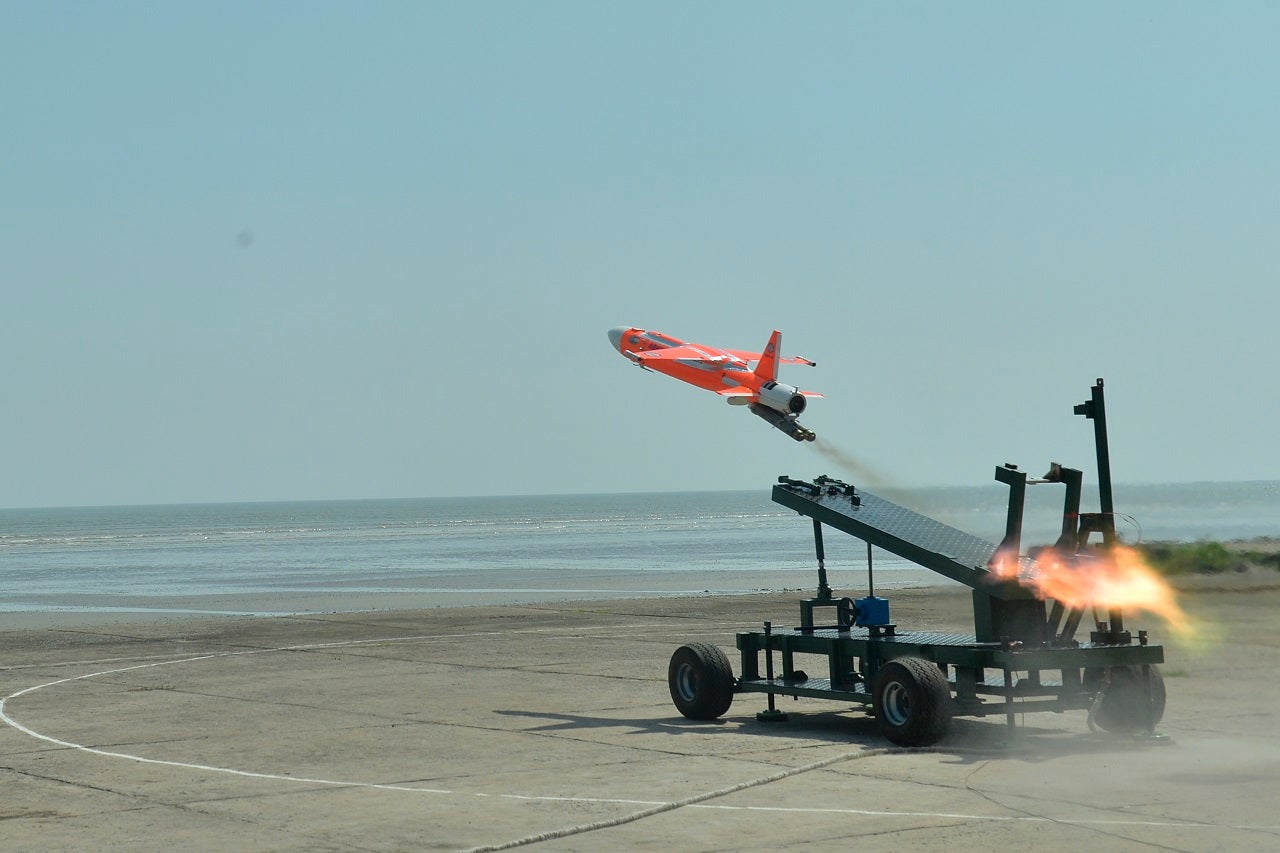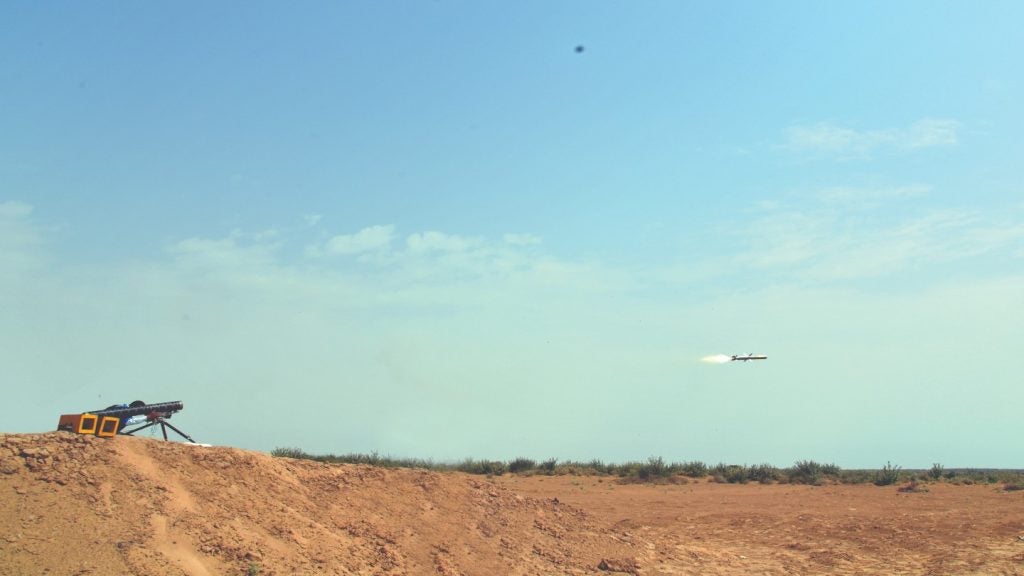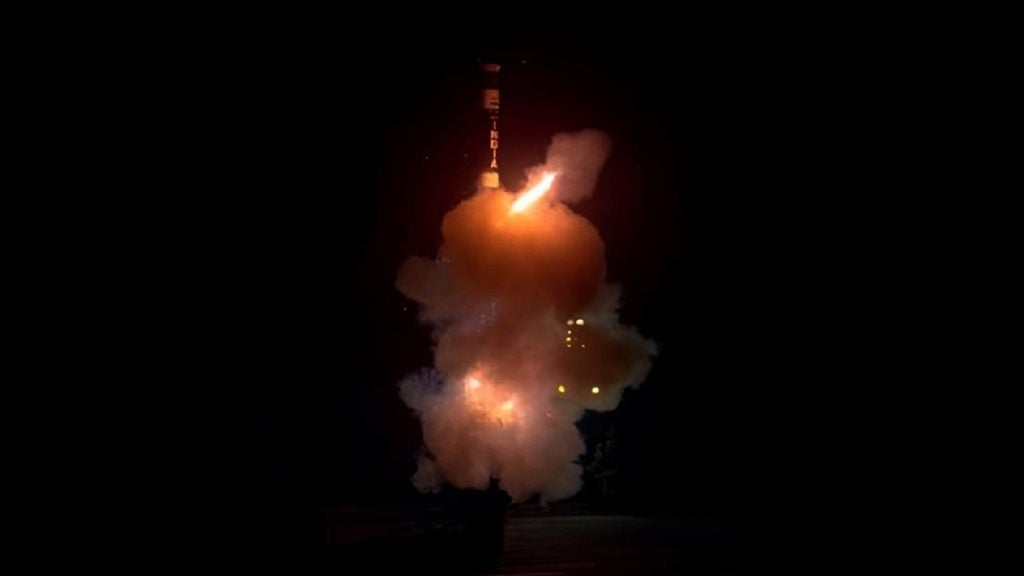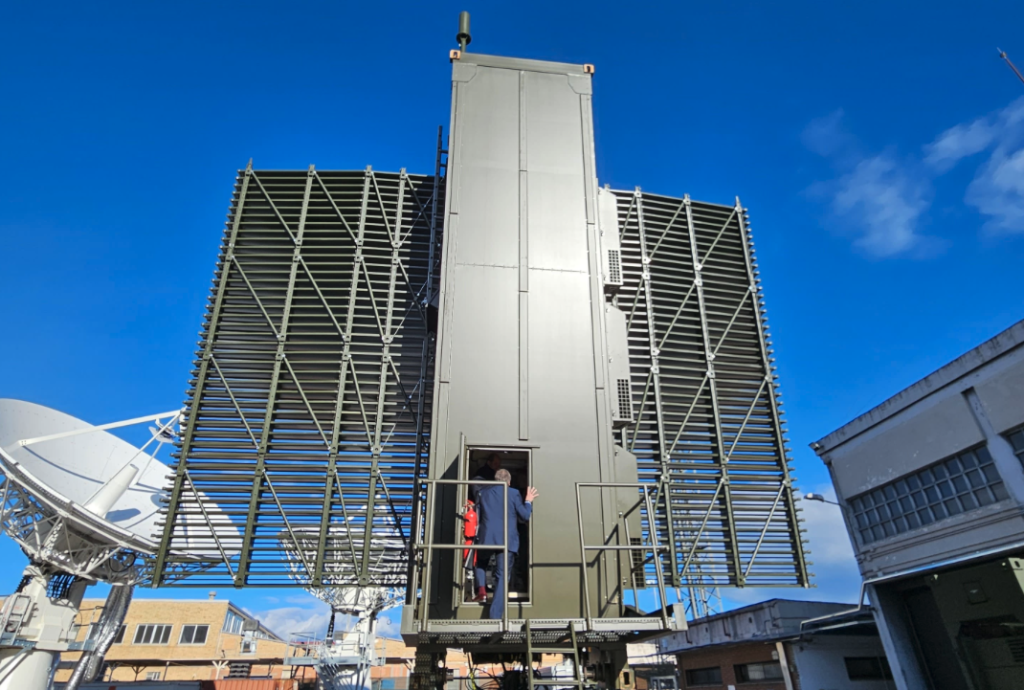
India’s Defence Research and Development Organisation (DRDO) has flight-tested the high-speed expendable aerial target (HEAT), Abhyas.
Abhyas was tested from DRDO’s integrated test range (ITR) in Chandipur, Odisha, India, on 22 October.
It is designed and developed by DRDO’s Aeronautical Development Establishment (ADE) as a HEAT system in Bengaluru, India.
The target aircraft’s performance was monitored through telemetry and other tracking sensors, including radars and an electro-optical tracking system (EOTS).
In a statement, the Indian Ministry of Defence (MoD) stated that the current flight test is executed as a part of developmental flight trials.
According to the MoD, the expression of interest (EOI) for vehicle production has already been sent to Indian industries.
How well do you really know your competitors?
Access the most comprehensive Company Profiles on the market, powered by GlobalData. Save hours of research. Gain competitive edge.

Thank you!
Your download email will arrive shortly
Not ready to buy yet? Download a free sample
We are confident about the unique quality of our Company Profiles. However, we want you to make the most beneficial decision for your business, so we offer a free sample that you can download by submitting the below form
By GlobalDataOnce developed, this target aircraft will meet the needs of high-speed HEAT for the Indian Armed Forces.
MoD said: “Dr G Satheesh Reddy, Secretary, Department of Defence R&D and chairman, DRDO also congratulated the teams associated with successful flight test of ‘ABHYAS’ and termed it as a force-multiplier considering its accuracy and effectiveness.”
The locally developed missile target vehicle can be used as a target to evaluate the effectiveness of several missile systems.
The vehicle is equipped with a small gas turbine engine and leverages MEMS-based inertial navigation system (INS) to navigate and the Flight Control Computer for guidance and control.
Launched using a twin underslung booster, the vehicle is programmed for fully autonomous flight.






